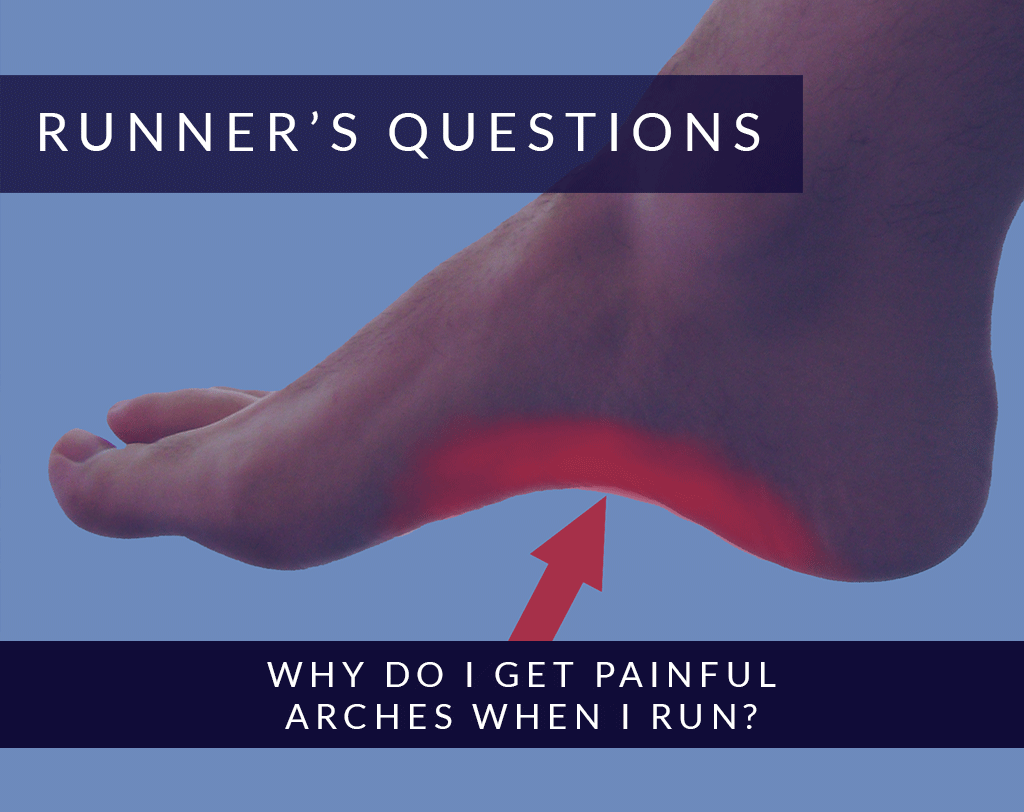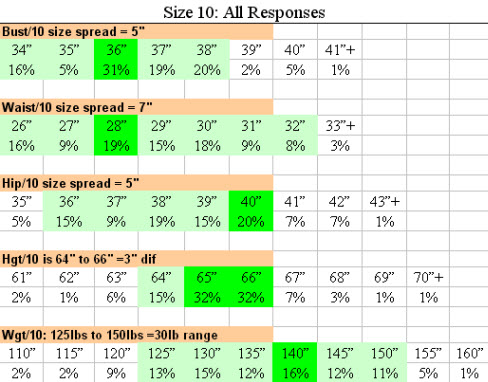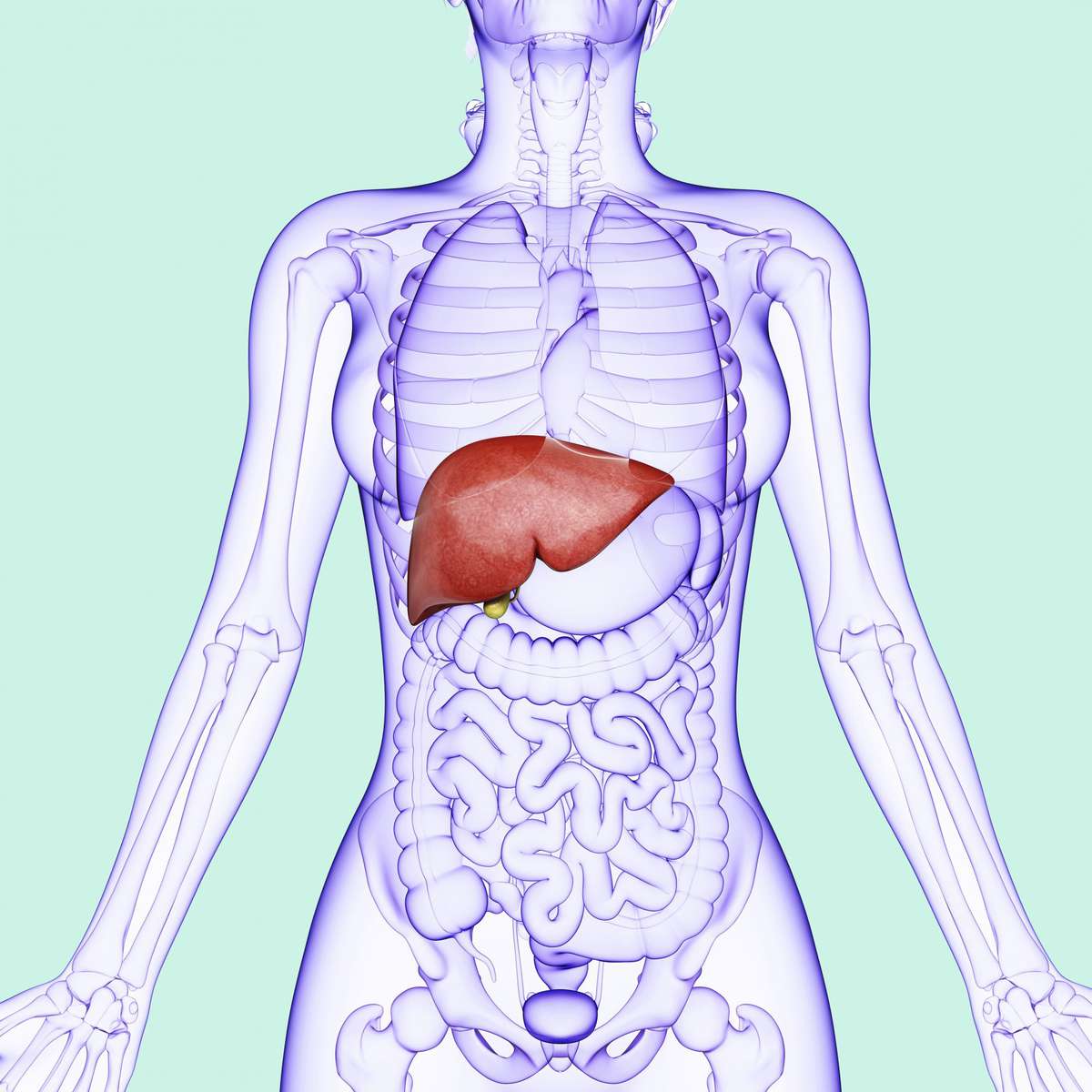Alternate between running days and rest days or make the rest day longer than usual. This video actually shows my top 5 foam roller exercises for runners but the first exercise in this video is amazing for the calf muscle.
/footpainfinal-01-d507e82b3e844d068c0089cbb7004d76.png) Foot Pain Causes Treatment And When To See A Doctor
Foot Pain Causes Treatment And When To See A Doctor
Rest is key here.

How to stop foot pain when running. If you dont have a dedicated foot-massage tool a lacrosse ball will do the trick. Continuing to spend time on strengthening your calves gutes and core for better running form. Take them up on that offer and see if you notice any hot spots.
Once you get home RICE rest ice compression and elevation is a principle worth applying to almost. The rules are simple. How to foam roll the calf muscle.
Foam rolling to release tight calves or rolling foot on a PT ball to release tension. The Best Ways to Prevent Foot Pain Buy new shoes. Click the YouTube video below to learn how to foam roll your calf muscle properly by isolating either the outside muscle or the 2 inside muscles.
If you have a history of injuries from the knee down or are an overpronator Leahy. Immediate pain relief for foot pain. Could be the signs of Extensor Tendonitis a foot pain that usually evolves as the running continues.
You may have a weakness or imbalance that could be improved with specific strengthening and stretching exercises. Stretching after a run helps the body calm down and relaxes the muscles after the intense physical activity. Preventing foot pain from running is all about choosing the right footwear following the proper technique and warming up before you dash away.
Since plantar fasciitis is not studied as intensely as structures in other joints newer therapies have lagged. Massage the sole of your foot with a ball. This way you stay in shape and might even develop some new motor skills which you can use later in your running.
How to Stop Foot Pain with 7 Easy Exercises 1. You will want to place the padding behind the ball of your foot to cushion the pounding. Plantar fasciitis a condition that involves pain and inflammation of the tissue that runs.
You should be replacing your running shoes frequently. According to Jane Andersen DPM that means after. Stress fractures take about six to eight weeks to heal and are routinely treated with rest ice compression and elevation Logan says.
As an immediate option in a race try changing your pace up or down for a couple of minutes. Lace up the shoe as you would to run and bend and flex your foot through heal strike and toe-off. How to prevent it.
If feet are dry use a pumice stone in the shower to gently slough off dead skin cells and then follow up with a thick moisturizer. To relieve the pain under the three little toes use footpads to take some pressure from the area. Wear running shoes that provide strong arch support andor wear arch-supporting inserts.
Theres no reason you cant prevent it though. The first solution would be resting and icing the top of your foot until the inflammation goes away. Utilize the knowledge and help of the staff at a specialty run shop to steer you in the right direction.
After your run gently massaging your feet for at least 10 minutes can prevent and alleviate foot pain and injury. To find the area that is painful press the toes backwards pressing until you. You can use metatarsal pads.
If you have flat feet and want to start or continue running there are a few things you can do to help prevent pain. 2 Keep the Runs Short and Useful. Most specialty running stores will encourage you to run around the block.
Taking anti-inflammatory pills will help with the pain. It also stimulates the nerves of your feet increasing your awareness of how your foot hits the ground Bongiorno says. This stimulates blood flow keeps the aponeurosis flexible and promises quick pain relief.
First as always make sure youre wearing appropriate footwear including clean dry socks. In the meantime icing the sore areas cutting your mileage and incorporating more cross-training into your routine will help you begin. You could be wearing the wrong shoe for your foot type.
Improving your foot strike see video Wearing a good cushioned shoe recommendations below Learning to relace your shoes to prevent top of foot pain. You may have biomechanical problems that could be corrected with an insert or orthotic. Pick up running again but in a slow and gradual manner.
Double-check the inside liner of the shoe. It takes about six weeks of non-weight bearing activity for the bone to heal properly. Cross-train like a champ wear a boot and enjoy the mental break from running.
Back off or stop training altogether if you feel pain either during or after your runs. Preparing them for the run ahead of time is vital for preventing foot pain and injuries. Long term tools to help foot pain.
When not running avoid wearing shoes that. Try it on barefoot and see if you. Take care of the center of your pain.
By stretching before a run you relax the muscles and warm them up. The big toe is the primary push-off point during running but many runners have limited range of. Ice may assist in early.
While standing or seated for less pressure roll the ball slowly along the arch and through. Unlike a tendon issue once a stress fracture heals the pain should be gone for good. Toe Spread and Press.
 What Are The Measurements Of A Size 10 Pt 2 Fashion Incubator
What Are The Measurements Of A Size 10 Pt 2 Fashion Incubator 



/footpainfinal-01-d507e82b3e844d068c0089cbb7004d76.png)






